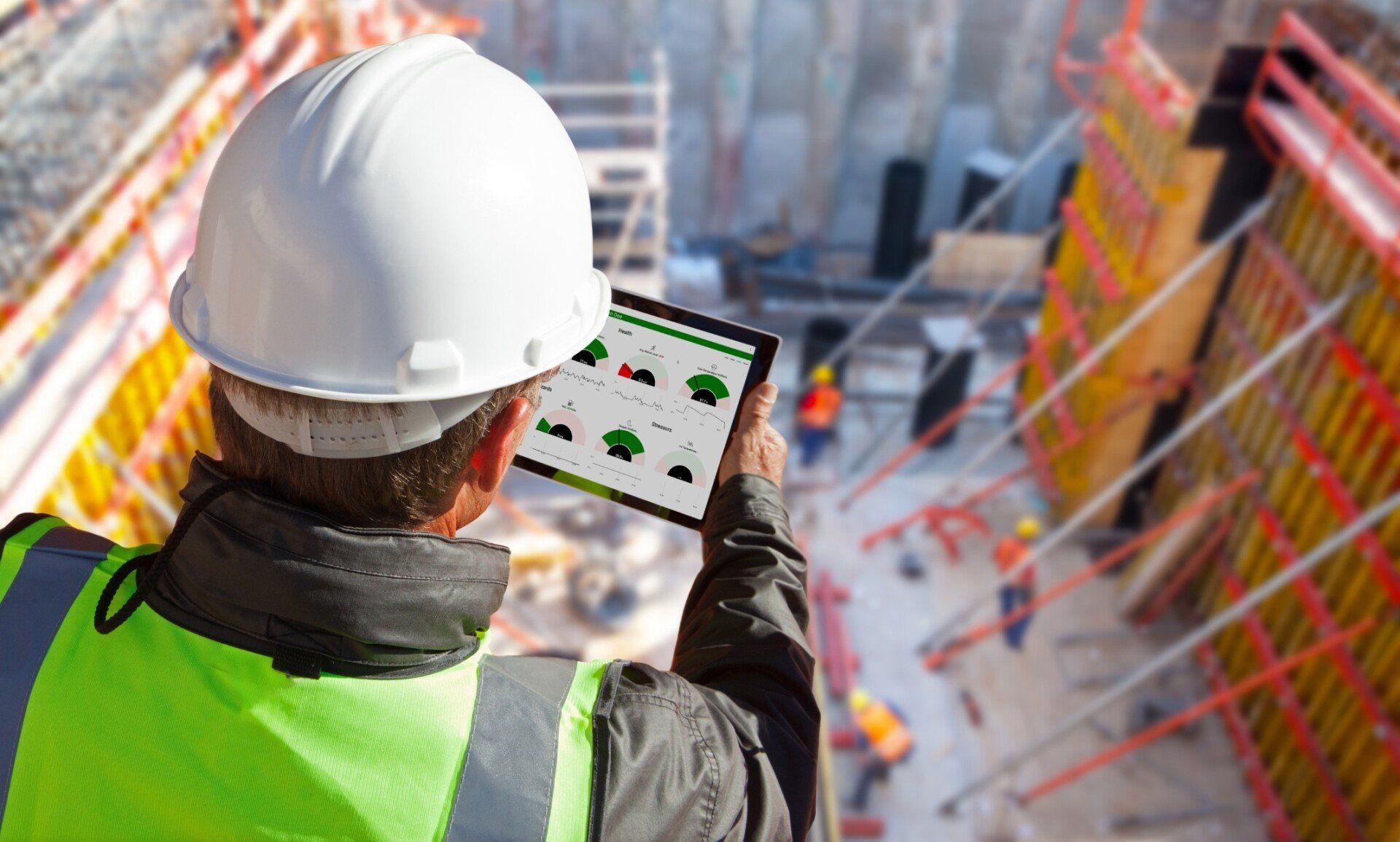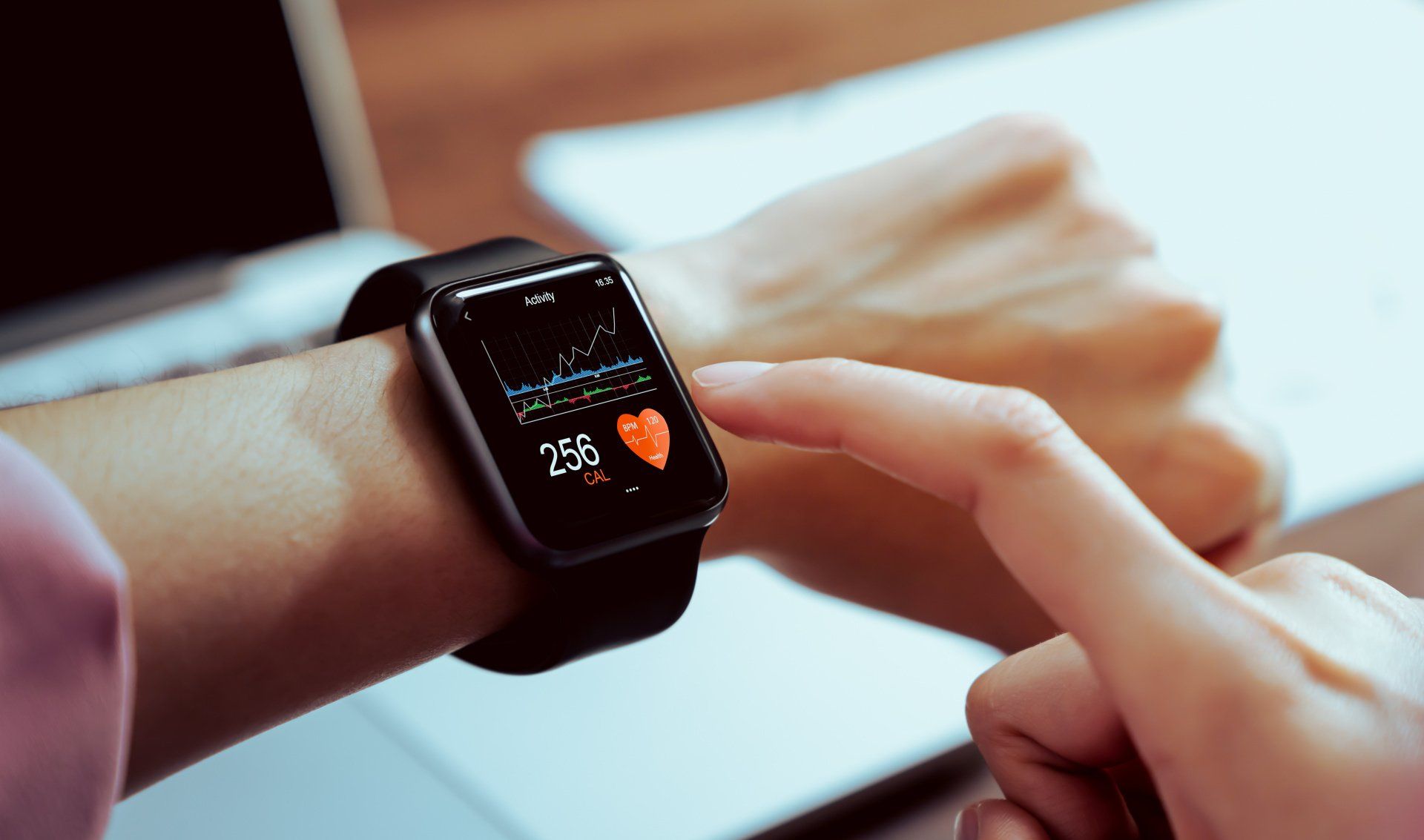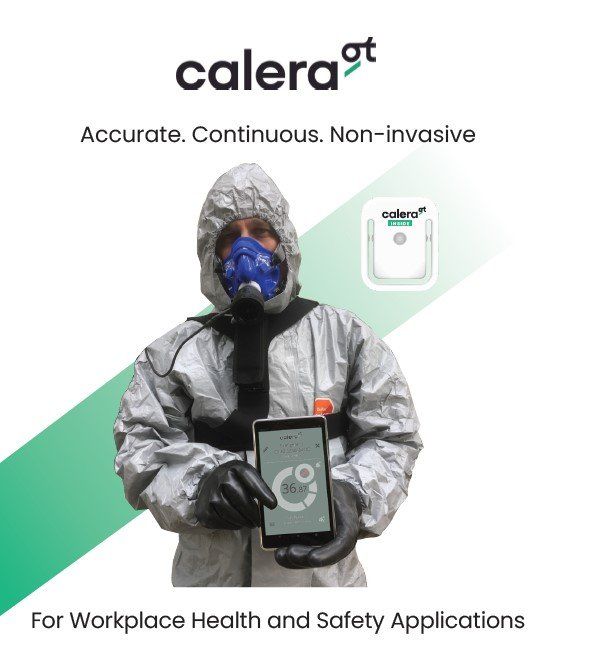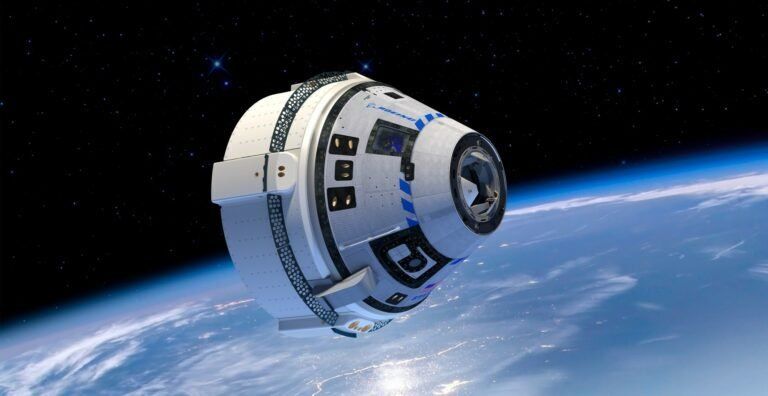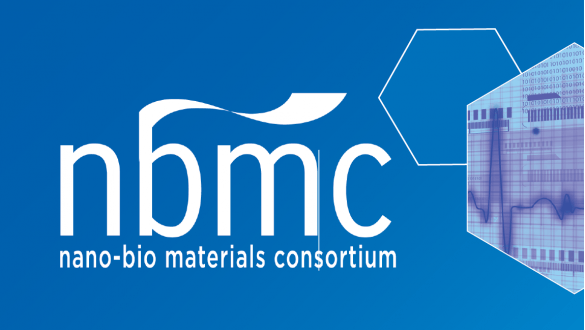VigiLife Origin Story
“It was the scariest five minutes of my life, and I’m lucky someone found me.”
—Aircraft Mechanic
The launch of VigiLife has been an exciting time for our team here as we spin out of Aptima. Aptima, Inc. is a human-centered engineering company with a rich history of delivering intelligent systems requiring military-grade quality and performance. In the past five years, we’ve been working on government-funded contracts to develop technology for multiple aspects of a “confined spaces monitoring system”.
This system is a sensors-based, situational awareness platform that comes from a U.S. Air Force safety requirement stating that for each worker inside a confined space, there must be safety monitoring rendered by a standby attendant. This is a standard approach based on Occupational Safety and Health Administration regulations. However, “human standby attendants” are naturally blind to many occupational dangers, such as noxious gases and fumes, atmospheric oxygen displacement, and worker entrapment, just to name a few.
Put simply, the Air Force knew more could be done, so they enlisted the help of Aptima starting in 2015.
This workforce health and safety monitoring system has continued to mature through multiple funding efforts and technology milestones.
The system is now known as SafeGuard™ and it provides a remotely located safety supervisor with situational awareness that is equivalent to, or better than, a physically stationed standby attendant at each individual confined space entry point.
Workers are fitted with wearable sensors that supply necessary data for continuous monitoring of their physiological status (heart rate, breathing, motion), atmospheric conditions (oxygen, lower explosive limit, volatile organic compounds), and location and posture of each worker.
The system creates a display to overlay each worker’s location on a visual dashboard along with the ability to rapidly evaluate if any factors of concern currently exist. This includes intelligent alerting tripwires that immediately notify the remote standby attendant if an event of interest and/or concern occurs — low/high oxygen, high VOC readings, low breathing rate, or low/no motion detected.
“It was the scariest five minutes of my life, and I’m lucky someone found me.”
Despite our good intentions, the fact remains that humans make mistakes. This instance was a classic example. Although this attendant didn’t elaborate on the failure mode of the process, he was working later than normal trying to complete a challenging maintenance task.
Due to the later-than-usual work and lack of direct method of communication (the safety attendant’s verbal callout went unanswered due to the entrant’s hearing protection), the attendant assumed the space may have accidentally been left open. Besides, inaccurate paper-based documentation was fairly common. He simply closed the space and moved on to his next duty since he could not see the mechanic in the space.
The entrant soon finished his work and began crawling to exit the space, except that he quickly found out he was unable to. Realizing that he was effectively trapped, he began panicking and hitting his wrench on the metal door. Fortunately, someone from across the maintenance bay heard his cries for help and was able to rescue him. This personal experience and others revealed during customer interviews motivate VigiLife to continue its focus on personalized and human-focused technology solutions.
Borrowing from one of USSOCOM’s truths, we strongly believe that humans are more important than hardware. This belief drives our technology’s focus on personalized and preventative safety, which we believe provides strong positive differentiation to other competing solutions.
Estimated adoption of SafeGuard at just one of a customer’s location can save nearly $2M per year.
What resonates most with prospective customers we speak with is the value of assured human oversight layered across a customized technology platform. SafeGuard allows for one remote safety attendant to simultaneously monitor the health and safety of multiple maintenance technicians, a job that previously would’ve required multiple standby safety attendants. With one specific maintenance squadron testing our prototype in 2019, we demonstrated an ability to have one remote safety attendant simultaneously monitor the health and safety of 15 maintenance technicians, a job that previously would’ve required 15 additional standby safety attendants. The Air Force is estimating that adoption of SafeGuard at just one location can save nearly $2M per year in addition to enhanced safety and productivity.
In addition to human monitoring via wearable and portable sensors, SafeGuard automates several logging and recording steps that are currently paper-based in an attempt to prevent human error and increase efficiency. Digital logs are automatically populated to include timestamp entry and exit times, and immediate archival of completed database permits. Such data are used to catalog longitudinal exposures to harmful chemicals, gases, and even noise.
Lastly, worker location and motion profiles inform Lean Six Sigma initiatives for uncovering hidden wastes (e.g., unnecessary walking) or influencing work-cell designs.
SafeGuard aims to enable personalized and intelligent health & safety analysis to change the way dangerous work is done in the Air Force, the U.S. Department of Defense, and with various private sector clients battling similar challenges. This includes lone worker monitoring, confined space operations, team situational awareness augmentation, gas detection, incident prevention, emergency response and evacuation, real-time communication and location monitoring, heat stress and overexertion detection, and contact tracing and COVID-19 monitoring.
The SafeGuard technology platform originates from these themes:
- The rise of human-wearable sensors
- Remote monitoring and telepresence for enhanced situation awareness; and
- Advanced data analytics and computational modeling techniques.
The originating need for a sensors-based, confined spaces monitoring system came from earlier attempts by Lockheed Martin, one of Aptima’s long-standing partners. A solution previously implemented in one of their facilities featured commercially available technology that was able to improve depot efficiency and safety but not to the desired level or ease-of-use. This is where the concept began to build a novel solution rather than depend on commercially available systems. Lockheed, through some of Aptima’s existing work with the Air Force’s 711th Human Performance Wing, notified us that the U.S. Air Force was interested in pursuing the maturation and deployment of a similar system. During discussions, it became apparent that an entire system development would need to be championed by a small business partner.
This concept and some dedicated effort by both government and industry stakeholders led to the allocation of Small Business Innovation Research grants and Rapid Innovation Fund funding sponsored by the Air Force Sustainment Center Engineering Directorate. Aptima was fortunate to be recipients of such technology development awards.
In 2020, Aptima, in conjunction with Aptima Ventures, launched VigiLife.
The decision was made after some preliminary market research revealed that DoD and commercial organizations both battle similar health and safety challenges in dangerous occupational settings. VigiLife will focus on the delivery and sustainment of SafeGuard in both public and private markets in addition to continued product innovations in collaboration with Aptima. Much of VigiLife's forecasted revenue comes from subcontracts originally handled by Aptima. Our team believes that SafeGuard can be useful to other organizations with a workforce that operates in dangerous settings. In fact, a U.S. naval shipyard has recently entered into a multi-year contract VigiLife to modify and deploy the system at their location. This demonstrates that the value provided by SafeGuard is not unique to Air Force confined spaces requirements.
Heading into 2021, our team seeks to verify the efficacy of SafeGuard with pilot trials in various targeted industries. As we recognize the potential value of a service providing enhanced awareness and safety, the team envisions how a connected health & safety platform could transform multiple industries. This vision has been translated to the deployment of SafeGuard as an “intelligent guardian™” through VigiLife's Safety-as-a-Service™ offering. Despite the popularity and proliferation of various Software as a Service (SaaS) products, there is currently no SaaS-based offering for personalized, predictive health and safety assessment. Since there have been many technology advances in other industries dealing with human factors health and safety considerations, we feel compelled to bring SafeGuard and the concept of Safety as a Service™ to market.
After developing a business model informed by market research and competitive analysis, we began seeking investment and launched the company. It didn’t take the team long to match our innovative technology with significant market demand and find investors to back us. The VigiLife vision for a safer and more productive work environment is catching on and we’re excited to continue our commercialization efforts.
The proliferation of wearable devices, Internet of Things (IoT), 5G computing, and the interconnected aspects of manufacturing and distribution make up what many refer to as Industry "4.0”. Many industry segments related to this term are critically underserved by the latest technological offerings due to the intense requirements and complex environments. Furthermore, existing health and safety assessment systems in difficult work environments primarily rely on environmental or facility monitoring. Whether it’s a perceived lack of importance or simply a lack of the needed technology, the human is taken out of the proactive safety management loop despite the fact that 80—90% of occupational accidents are a result of human negligence or error.
When Daniel Serfaty, Aptima’s founder and CEO, invited me to lead this new venture, I knew it was an opportunity I could not turn down. The experience I gained at Aptima during the past six years as a research engineer focused on human system performance has been invaluable, both in terms of skill and knowledge development, as well as personal growth. I am excited to lead the VigiLife team, bringing a best-in-class product to market which will not only help our clients save money, but more importantly protect workers’ lives.
VigiLife, with backing from Aptima, industry investors, and advisors, is well-positioned to be a market leader in providing technology and expertise to industry decision-makers for the next generation of workforce safety solutions. “Safety Made Personal” is the watchword to guide our deployments across multiple industries.
Please subscribe to our newsletter in the link below or contact us for a demonstration.
Sincerely,
Zachary Kiehl
We want to hear from you about your occupational safety challenges and be a resource as you seek solutions for your workforce that operates in dangerous settings.
